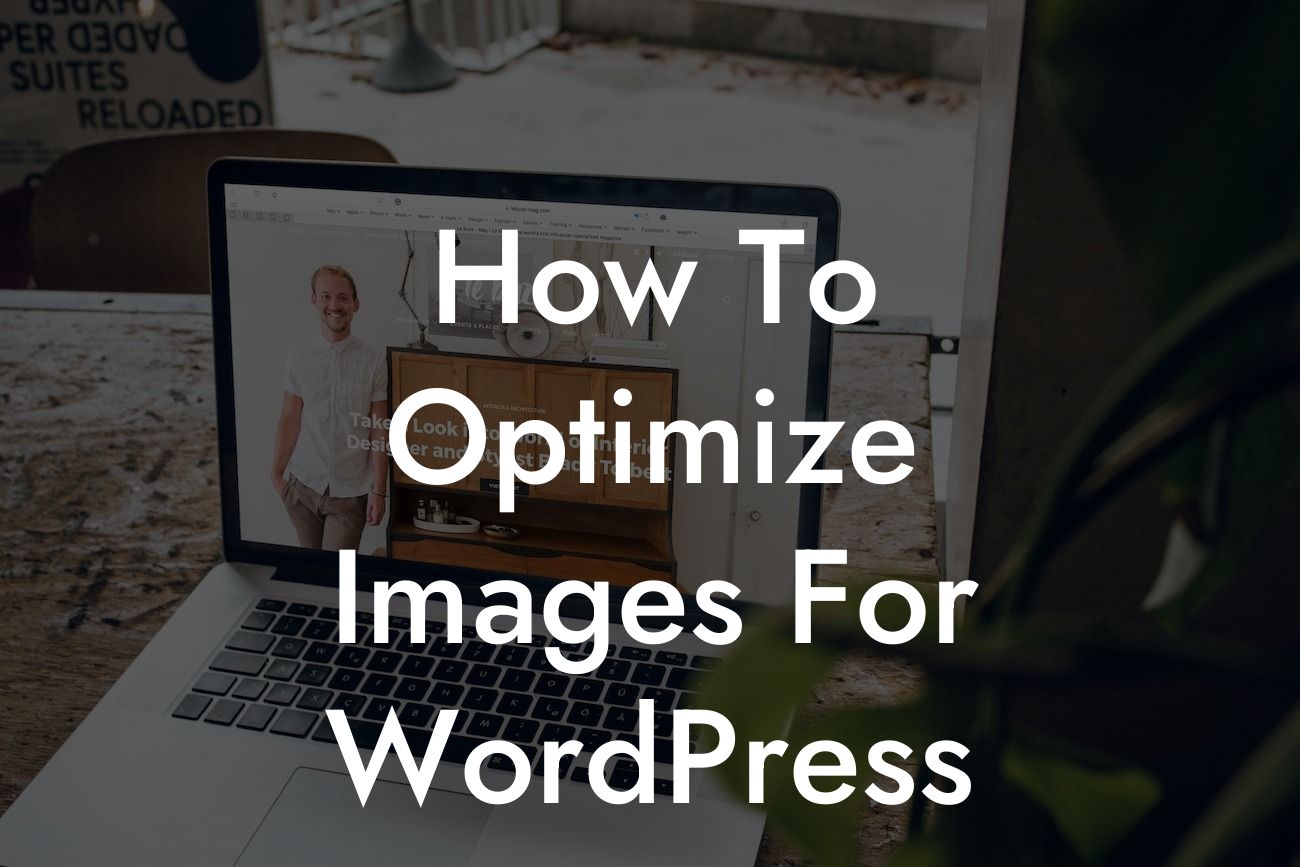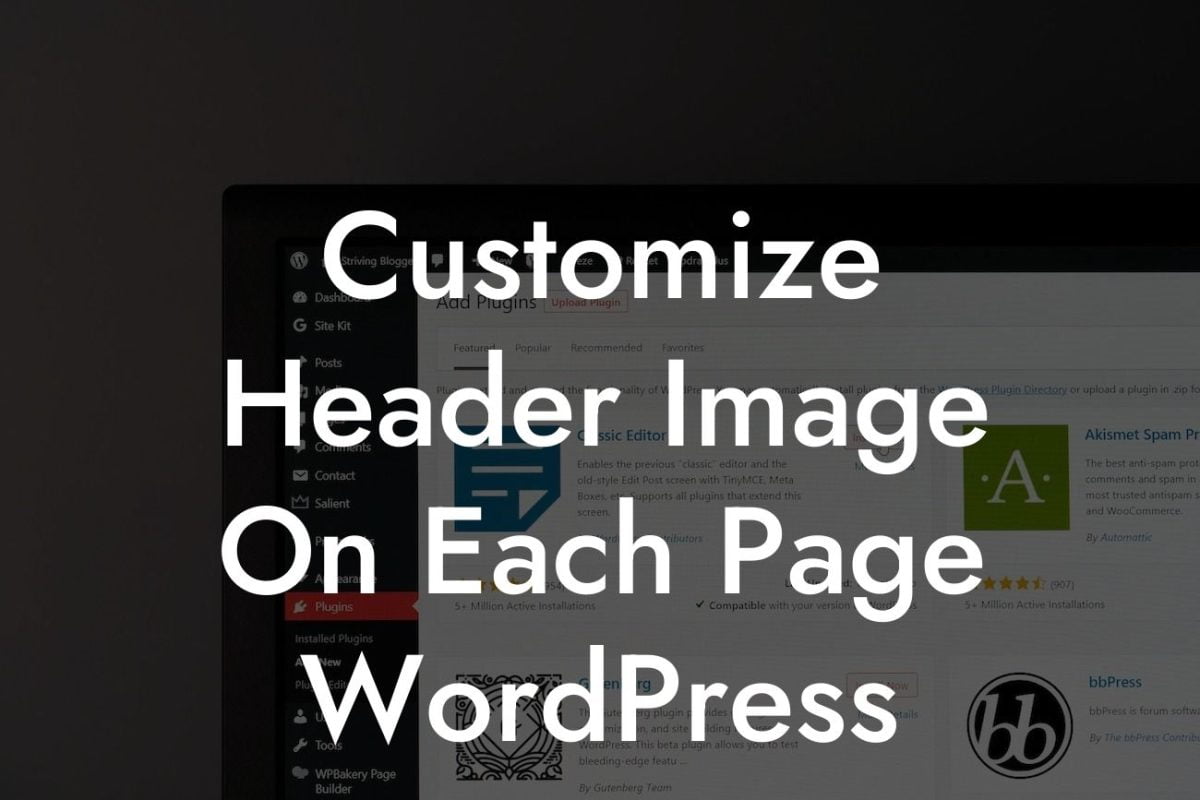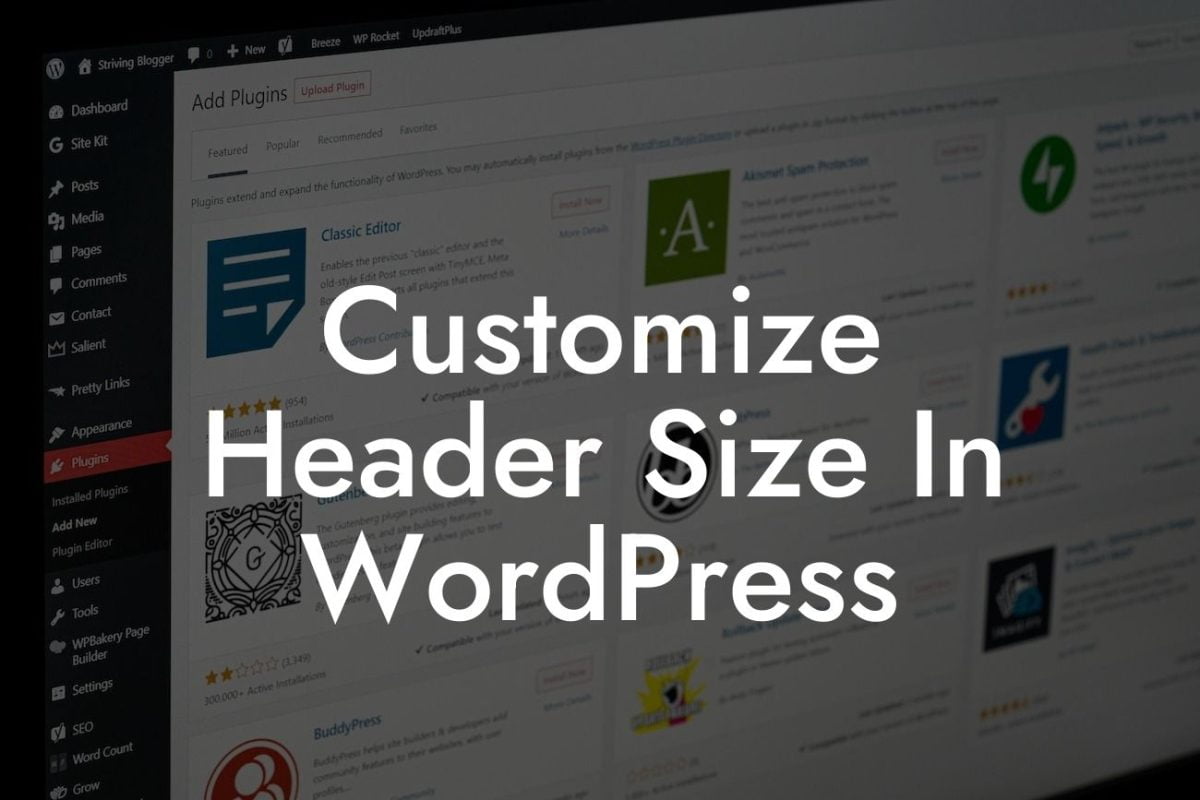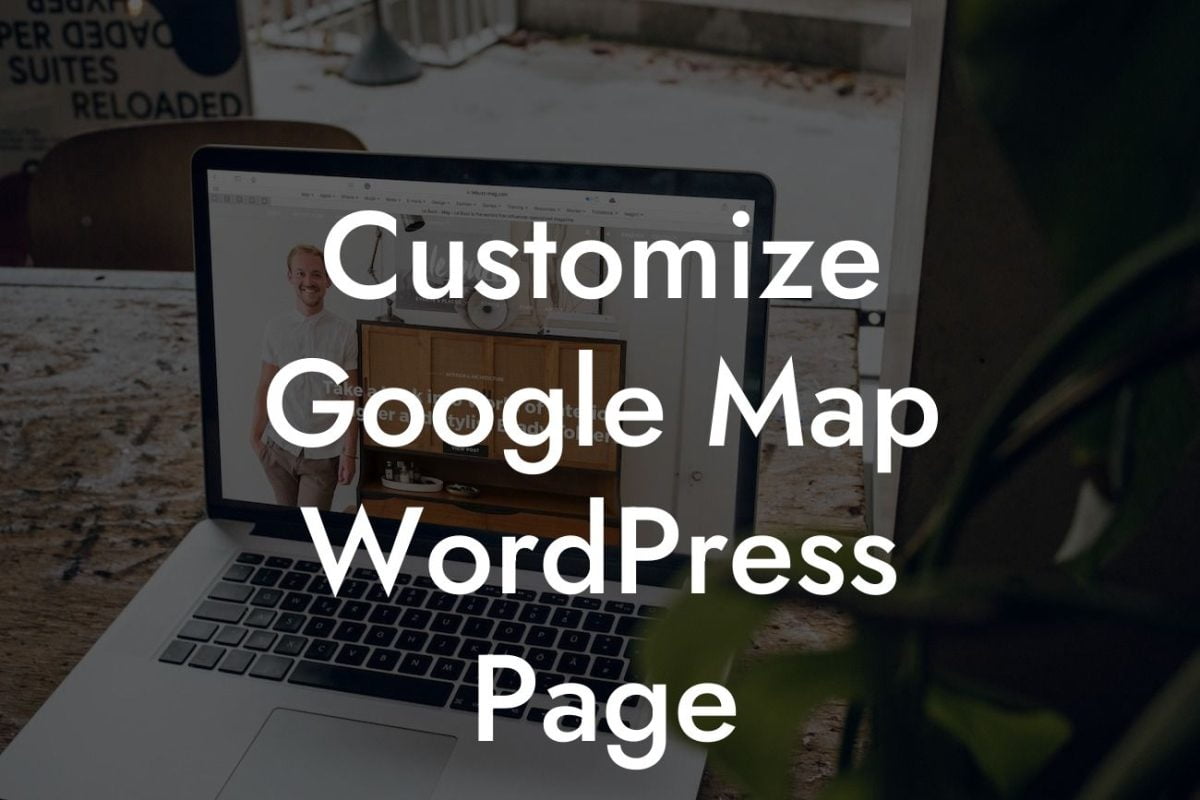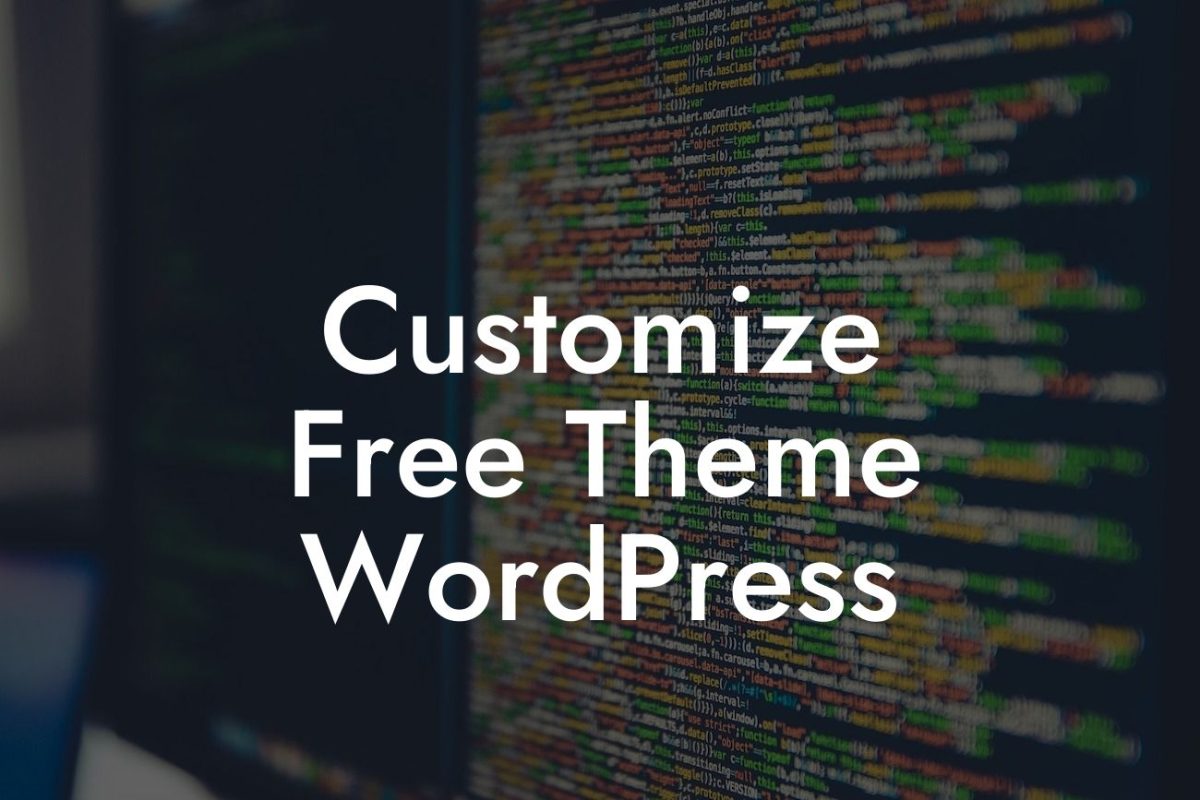Are you looking to enhance your WordPress website's loading speed and improve its performance? One of the crucial aspects to optimize is the images on your site. In this comprehensive guide, we will dive deep into the techniques and tools required to optimize images for WordPress. By making some simple adjustments, you can elevate your website's user experience, boost your search engine rankings, and ultimately attract more traffic to your business. Let's get started!
Optimizing images for WordPress involves more than just resizing and compressing them. Here, we will explore the essential techniques and best practices to ensure your images are formatted and loaded efficiently.
1. Choose the Right Image Format:
Different image formats, such as JPEG, PNG, and GIF, have their own characteristics and best use cases. Use JPEG for photographs and complex images, PNG for transparent and detailed graphics, and GIF for simple animations. Selecting the appropriate format can significantly reduce file sizes without compromising on quality.
2. Resize Images for the Web:
Looking For a Custom QuickBook Integration?
Large images consume more bandwidth and slow down your website. Resize your images to fit the required dimensions on your pages. Several online tools and WordPress plugins can help you resize your images without losing quality.
3. Compress Images without Quality Loss:
Image compression reduces file sizes without noticeable quality loss. WordPress plugins like DamnWoo's Image Optimizer can automatically compress your images upon upload. Additionally, online services like TinyPNG and JPEGmini can compress existing images without sacrificing visual appeal.
4. Leverage Lazy Loading:
Lazy loading is a technique that defers the loading of images until they are about to become visible on the user's screen. This improves initial load times and reduces the overall page size. WordPress plugins such as Lazy Load by WP Rocket can easily implement this feature on your website.
How To Optimize Images For Wordpress Example:
Let's say you run an e-commerce store selling handmade jewelry. Your website contains high-resolution product images to showcase the intricate details. By optimizing these images using the techniques mentioned above, you can significantly reduce your website's loading time, ensuring that potential customers enjoy a smooth browsing experience. This, in turn, increases the chances of converting visitors into paying customers.
Congratulations! You are now equipped with the knowledge to optimize images for WordPress and enhance your website's performance. Take action today and implement these techniques to supercharge your online presence. Don't forget to explore DamnWoo's other helpful guides and try out our awesome plugins to elevate your website further. Remember, the key to success is embracing the extraordinary and saying goodbye to cookie-cutter solutions.

